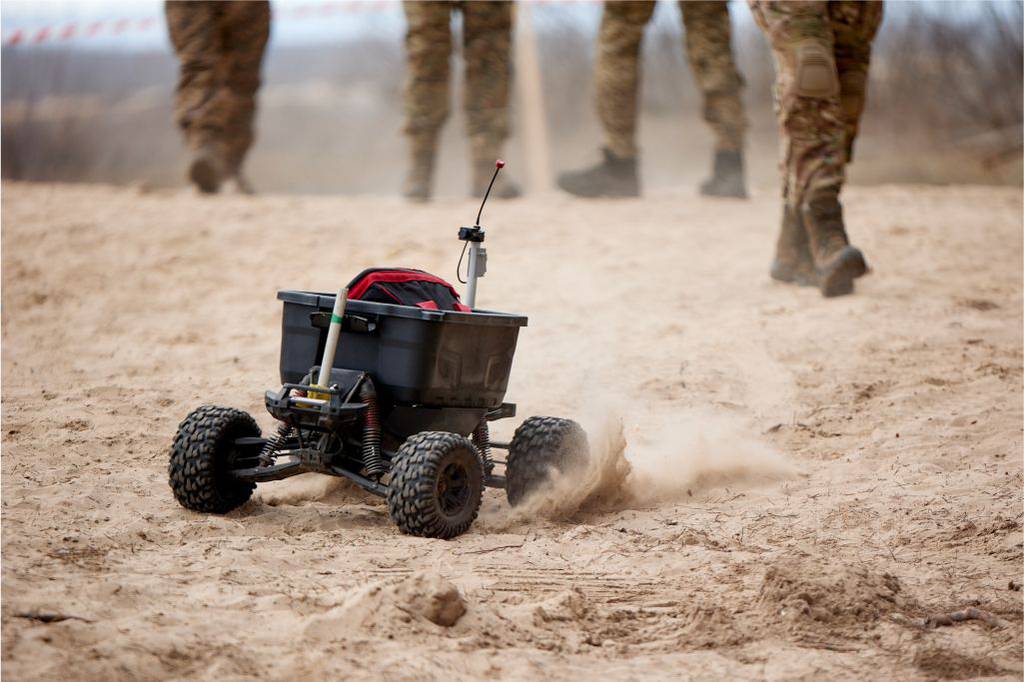shin_getter
ACCESS: Top Secret
- Joined
- 1 June 2019
- Messages
- 1,109
- Reaction score
- 1,492
For big UGVs, the best CONOPS I have seen comes from an old short story collection from about 2000. In the "CAV" story by James Cobb, the UGVs were the point vehicles of a cavalry recon section with a single manned vehicle as their local controller. 2x UGVs and the manned vehicle, all on the same big 8x8 chassis.Not sure how this category of vehicles should be used, even though it has appeared popular enough to be tested by the Russians (Uran-9) and Americans (RCV-Medium) as well.
The above vehicle appears to big and expensive to be recon/screen. Flying sensors seems generally a better investment than land ones, especially one that may not be able to get enough bandwidth to make use of the sensors. (I don't think autonomy is in the near future for this category) Long range indirect fires seems generally a better investment in fire support. If you have bandwidth to operate a RCV you have enough to run a battle network to call in fires.
For infantry support vehicles, compact size and terrain crossing ability is likely more important than marginal improvements in firepower and armor.


So they got WeeGee (creators of the World of Tanks game) to supply the control interface?
Russia Is Testing A First Person View Remote Controlled Tank Conversion In Ukraine
Russia converted a captured Ukrainian tank into a remote controlled vehicle that uses a similar FPV control concept as many kamikaze drones.www.twz.com






That's just an RWS on wheels...This reported being used on the front lines.
Seems like the simplest vehicle that can carry a turreted gun.

 www.forbes.com
www.forbes.com

 www.forbes.com
www.forbes.com





The fact that a force of nothing but drones killed or drove off all enemy infantry is pretty spectacular...
Why Ukraine's all-drone, multi-domain attack could be a 'seminal' moment in warfare - Breaking Defense
A December operation exclusively featured weaponized uncrewed ground vehicles and FPV attack drones and did not feature any crewed platforms or boots on the ground, according to a speaker at the International Armoured Vehicle conference.breakingdefense.com
View: https://x.com/clashreport/status/1792805101545062717?ref_src=twsrc%5Etfw%7Ctwcamp%5Etweetembed%7Ctwterm%5E1792805101545062717%7Ctwgr%5E6a225329021d1b6059e7589e6e6fdbf6bf05dd57%7Ctwcon%5Es1_&ref_url=https%3A%2F%2Fwww.twz.com%2Fnews-features%2Farmy-tests-quadcopter-swarm-launching-uncrewed-ground-vehicle-for-clearing-mines
Ground robots hauling drones into battle is a trend at Paris arms fair
Teledyne Flir and Rheinmetall have proposed combos of robots on land and in the air.www.defensenews.com

